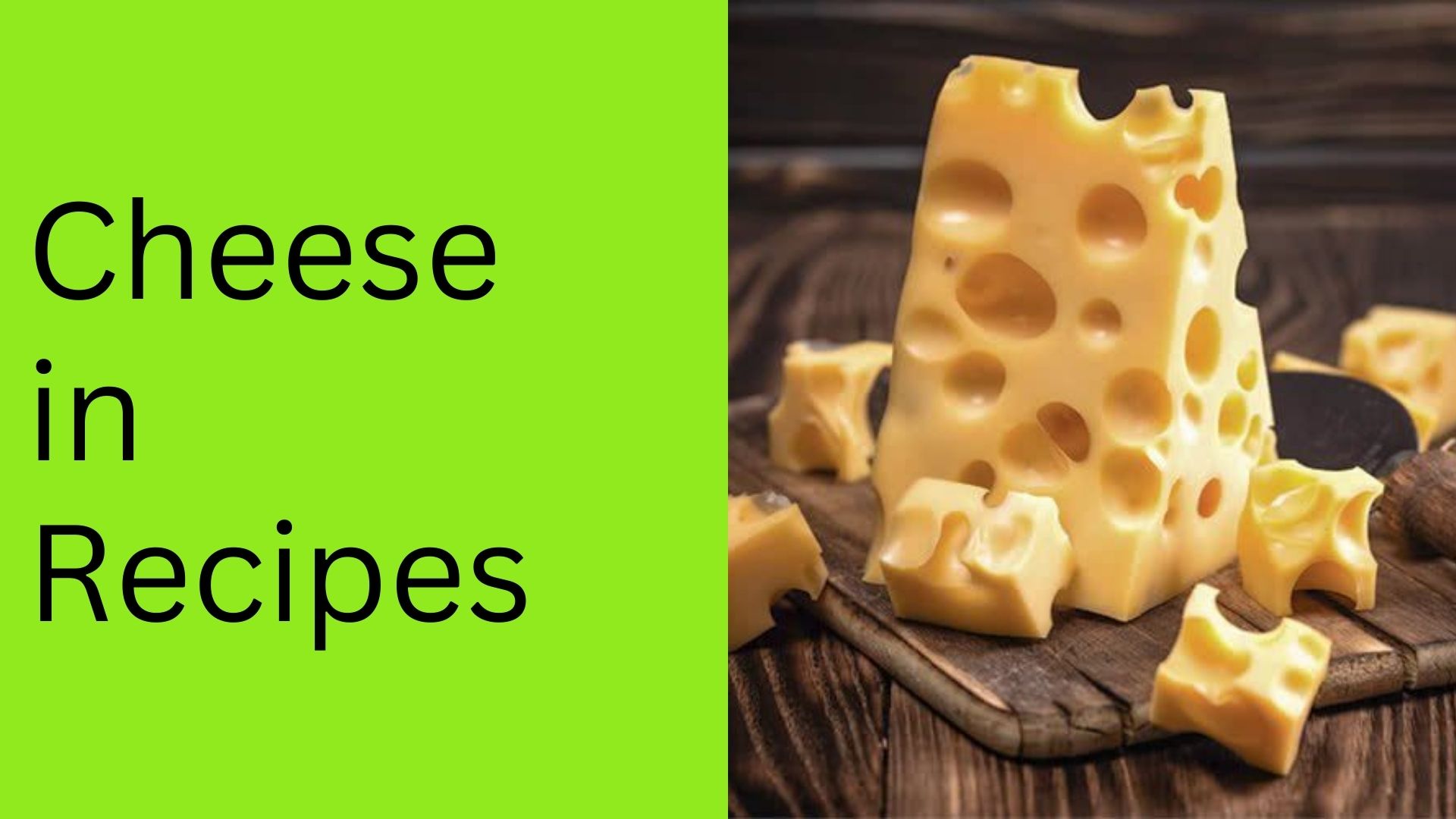In the realm of culinary creativity, ingredient substitutions are the key to unlocking a world of diverse flavors and dietary options. Exploring substitutes for cheese in recipes invites us into a universe of possibilities that cater to various tastes and needs.
Purpose of Cheese in Recipes:
- Flavor Enhancement: Cheese adds a robust and distinct flavor that elevates the overall taste profile of dishes.
- Texture Variation: Its melty, gooey, or crumbly textures create a delightful mouthfeel and sensory experience.
- Structural Support: Cheese acts as a binding agent, holding ingredients together in dishes like casseroles and gratins.
- Creamy Comfort: Melted cheese brings a velvety creaminess to sauces and dips, enhancing their luxuriousness.
- Visual Appeal: The visual allure of melted or grated cheese enhances the aesthetic appeal of dishes, making them more inviting.
Why Replace Cheese:
- Dietary Preferences: Individuals following vegan or lactose-free diets seek alternatives that align with their choices.
- Health-conscious Choices: Opting for cheese substitutes can reduce saturated fats, sodium intake, and calorie content.
- Allergies and Sensitivities: Dairy allergies or lactose intolerance necessitate non-dairy options for a comfortable dining experience.
- Ethical and Environmental Considerations: Substituting cheese with plant-based alternatives supports animal welfare and sustainability.
- Cultural Diversity: Certain cuisines avoid dairy, calling for culturally relevant substitutes to maintain authenticity.
Substitute: Nutritional Yeast
Details: Nutritional yeast, a versatile deactivated yeast with a cheese-like flavor, adds umami richness to dishes.
| Nutrient | Amount per 1 oz. |
|---|---|
| Calories | 80 |
| Total Fats | 0.5g |
| Carbohydrates | 7g |
| Proteins | 9g |
How to Make: Sprinkle nutritional yeast over dishes for added flavor or blend it with nuts and plant milk to create creamy sauces.
Substitute: Cashew Cream
Details: Cashew cream, crafted by blending soaked cashews with water, provides a smooth and creamy texture with nutty undertones.
| Nutrient | Amount per 1 oz. |
|---|---|
| Calories | 160 |
| Total Fats | 12g |
| Carbohydrates | 8g |
| Proteins | 5g |
How to Make: Soak cashews, then blend with water until smooth. Use as a base for creamy pasta sauces or dips.
Substitute: Coconut Milk + Lemon Juice
Details: The combination of coconut milk and lemon juice yields a tangy and creamy alternative suitable for a range of recipes.
| Nutrient | Amount per 1 oz. |
|---|---|
| Calories | 130 |
| Total Fats | 13g |
| Carbohydrates | 4g |
| Proteins | 1g |
How to Make: Mix coconut milk and lemon juice, letting it thicken slightly before using in sauces or dressings.
Substitute: Tofu
Details: Silken tofu, when blended, offers a smooth and adaptable cheese alternative, perfect for both savory and sweet dishes.
| Nutrient | Amount per 1 oz. |
|---|---|
| Calories | 70 |
| Total Fats | 4g |
| Carbohydrates | 2g |
| Proteins | 8g |
How to Make: Blend silken tofu with seasonings for creamy sauces, dips, or desserts.
Substitute: Dairy-Free Cheese Alternatives
Details: Ready-made vegan cheese alternatives replicate the taste and texture of dairy cheese, offering diverse options.
Table of Nutritional Values: Varies based on brand and type.
How to Make: Purchase commercial vegan cheese alternatives and use as directed in recipes.
Nutrition Facts Summary Table:
| Nutrient | Nutritional Yeast | Cashew Cream | Coconut-Lemon | Tofu | Dairy-Free Cheese |
|---|---|---|---|---|---|
| Calories | 80 | 160 | 130 | 70 | Varies |
| Total Fats | 0.5g | 12g | 13g | 4g | Varies |
| Proteins | 9g | 5g | 1g | 8g | Varies |
| Carbohydrates | 7g | 8g | 4g | 2g | Varies |
| Source | Deactivated yeast | Cashews | Coconut, Lemon | Tofu | Plant-based |
| Works Best In | Sauces, seasoning | Sauces, dips | Sweet & Savory | Various | Various Dishes |
FAQs:
Q: Is nutritional yeast a reliable source of vitamin B12?
A: Some nutritional yeasts are fortified with vitamin B12, serving as a source for those following plant-based diets.
Q: Can I use cashew cream in desserts?
A: Absolutely, cashew cream adds a rich and creamy element to both sweet and savory dishes.
Q: Can tofu be used in dishes that require melting cheese?
A: Tofu doesn’t melt like cheese, but it provides a creamy texture and absorbs flavors well in various dishes.
Q: How do dairy-free cheese alternatives compare to traditional cheese in taste?
A: The taste of dairy-free cheese alternatives varies, but many options have improved significantly and can be quite satisfying.
Conclusion:
Embracing cheese substitutes in recipes isn’t merely about adaptation; it’s a voyage into culinary innovation that respects preferences and dietary needs. Each alternative—nutritional yeast, cashew cream, coconut milk with lemon juice, tofu, and dairy-free cheese alternatives—adds its unique dimension to the tapestry of flavors, making meals a celebration of diversity and inclusivity.




